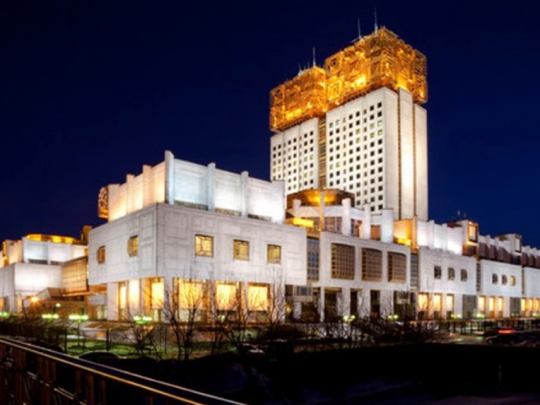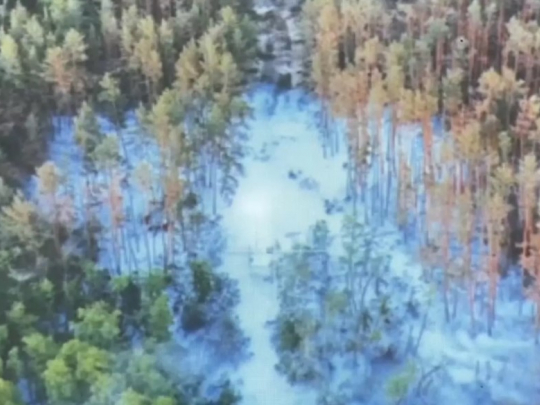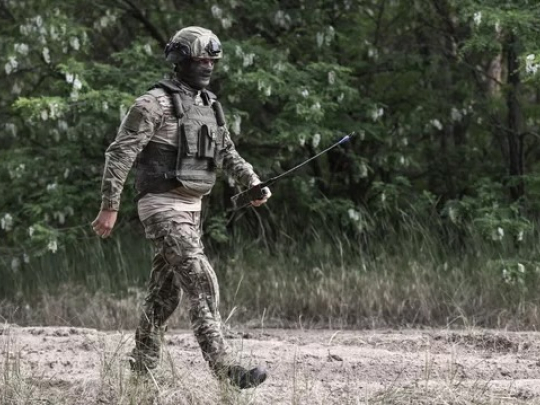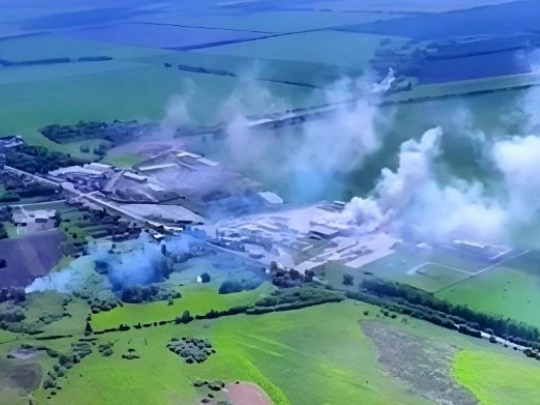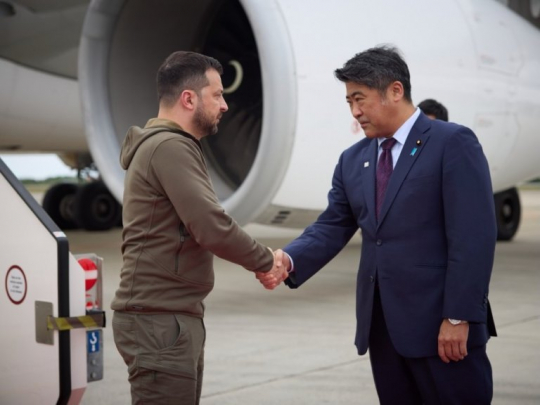NATO-UAF exercises and equipment tests hint at an offensive
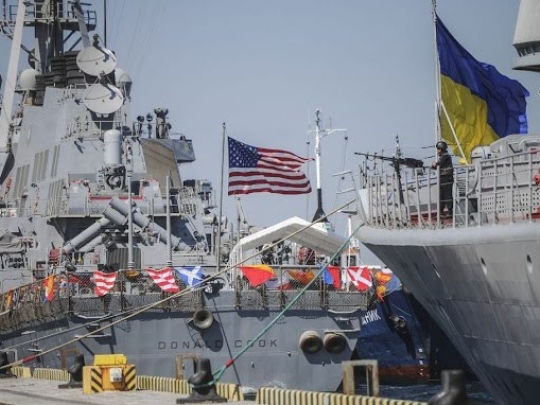
Large-scale military exercises with the participation of NATO countries’ units are currently taking place in the South of Ukraine. On July 24th, the active phase of the “Sea Breeze 2016) Ukrainian-NATO joint naval exercises began in Odessa. The maneuvers involve more than 20 ships and around 150 units of automotive and armored vehicles, aircraft, and 4,000 servicemen. Besides purely military tasks, the alliance’s actions are politically motivated, hence the arrival of the US and UK ambassadors in Odessa. The Black Sea could eventually become the site of a NATO fleet.
From July 24th-29th, Ukrainian soldiers are holding complex staff exercises codenamed “South Wind 2016” in the “Wide Lawn” training arena in the Nikolaev region. The geographical location and nature of these exercises is cause for worry. They are being held near the waters and territory of Crimea. The militarization of the Crimean peninsula, which is akin to an unsinkable Russian aircraft carrier in the Black Sea, has been covered extensively in Ukrainian and Western media. In August, a regiment of the newest C-400 “Trumph” rocket installations are to be stationed on the peninsula and replace the older C-300’s. But this is a necessary militarization, since Ukraine has never hid its aggressive plans to “return” Crimea.
NATO’s naval exercises are a demonstration of capability and intentions against Russian Crimea. The South Wind 2016 exercises are most likely linked with the other war theater of Donbass, where the number of shellings of the people’s republics’ territories has sharply increased to up to 600 per day in addition to the accumulation of equipment and manpower on the contact line, which is evidence of UAF preparation for an offensive. My sources in the occupied cities of Donbass report that a large part of military equipment and UAF soldiers are being withdrawn from residential areas and sent closer to the theater of hostilities. A new phase of the war has practically already begun (which in the First World War was called positional warfare), but has so far not taken on the character of an active offensive.
Earlier, President Poroshenko and other Ukrainian leaders announced that the UAF lacked ammunition. Secretary Turchynov of the National Security and Defense Council also announced the beginning of a program for militarizing Ukrainian industry according to which 800 plants will be refitted to focus on military manufacturing. The program is supposed to be completed by January 2017. Also, on July 25th, reports appeared that a Ukrainian soldier had been killed during exercises in the Wide Lawn arena, the cause of death being the detonation of old ammunition (1960 and 1975 models). I would suggest that the Ukrainian army is testing its old ammunition in anticipation of a large-scale offensive. Seeing as how Ukraine was a genuine warehouse of military equipment and ammunition during Soviet times, the UAF should not feel any lack of the latter. However, the use of such poses a dangerous risk for Ukrainian soldiers themselves.
Shortages in ammunition and old Soviet equipment have been partly offset by Ukraine’s allies, the Eastern European members of NATO, but even their reserves are limited especially considering that a quarter of a century has passed since the collapse of the Warsaw Pact and Eastern Bloc. According to some reports, Ukraine actively used aid from these countries in 2014 – early 2015 but spent more than a little (if not most) of these supplies. The supply of Western military equipment, the quality of which has been tested and “appreciated” by the Donbass militia, is also suffering its own drawbacks and shortages. First of all, Ukrainian soldiers have to be taught how to use such (hence the presence of NATO countries’ instructors in Ukraine and the holding of joint exercises). Secondly, such equipment is expensive, and, thirdly, their technical parameters are incompatible with the Soviet-made equipment used by the UAF. Yet another factor involved is the supply of lethal equipment from NATO countries (which was announced at the alliance’s summit in Warsaw) which means complicity in armed conflict and contradicts the Minsk Agreements. Russia can always present this proof of the West’s involvement in the war against Donbass.
Thus, the military exercises at the Wide Lawn arena and the character of ammunition used in them suggest that the UAF is actively preparing for an offensive against the republics of Donbass. Meanwhile, the naval exercises in the Black Sea are in my opinion meant to create a military and political counterbalance to Russian Crimea and, perhaps, pro-Russian Transnistria.
- Source : Eduard Popov




